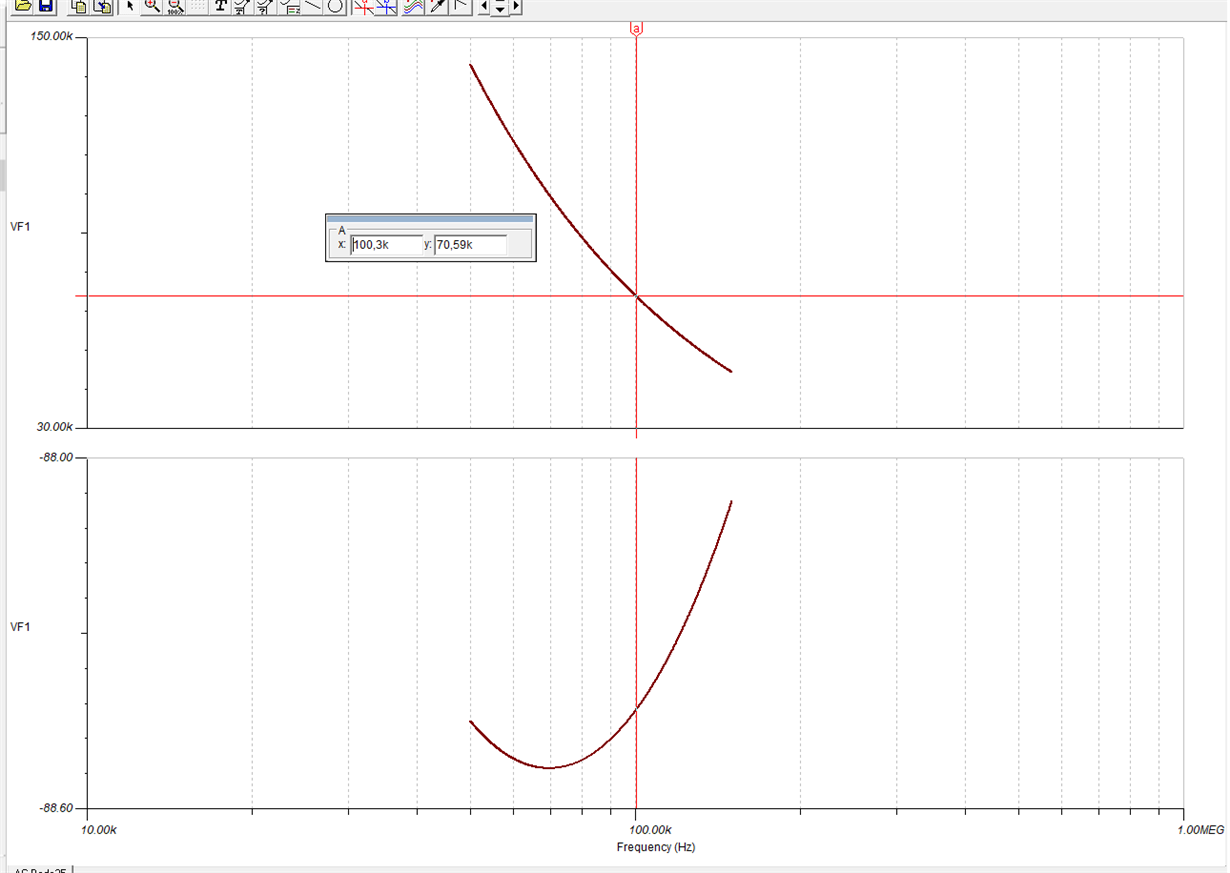Other Parts Discussed in Thread: OPA890, OPA690
Hello,
I currently use LM8261 in an improved Howland current pump design. Current pump is supplied by +/-5V sources and is designed to output 100kHz sinusoidal 4mA pk-pk current. It is aimed to be injected in a human body (end application is for bioimpedance, load range equivalent to 300 to 1500Ohms). It works and seems to be stable without capacitors in the feedback networks. LM8261 offers rail to rail output with low current consumption. Output impedance is about 70kOhms from my simulations and practical measurements.
I went through several documents and papers stating that higher slew rate and higher GBP lead to higher output impedance. Claimed output impedances can be up to 1Meg. I’m not sure stability has been assessed in all studies. Stability topic has been covered in some posts on your forum (Thank you to Tim Green. He posted the following interesting document “To Design and Apps Current Sources_AFA.ppt”).
I went through AN1515 application note. It covers op amp selection and provides some references but GBP and SR of listed references are not really higher than the one I use.
I then used the TI op amp parametric table to find low power rail to rail wideband op amp. Unless I incorrectly used the filters, I didn’t find low power wide band rail to rail op amp in +/-5V power supply range. From my investigation I finally picked OPA890 and compromised on the rail to rail feature. In simulation current pump with OPA890 provides about 250kOhms. However it requires capacitor in the negative feedback to be stable. Then output impedance decreased to 47kOhms with a 5pF in the negative feedback.
If I incorrectly used the parametric table, do you have in your portfolio op amp similar to LM8261 but with slew rate and bandwidth similar to OPA890 or OPA690?
What makes LM8261 stable without feedback capacitors? Is it related to its Unlimited Cap Load feature?
Please let me know if from your experience you have any advice, suggestions to design a high output impedance current source (output current from 100kHz to 150kHz).
Thank you in advance for your remarks.


